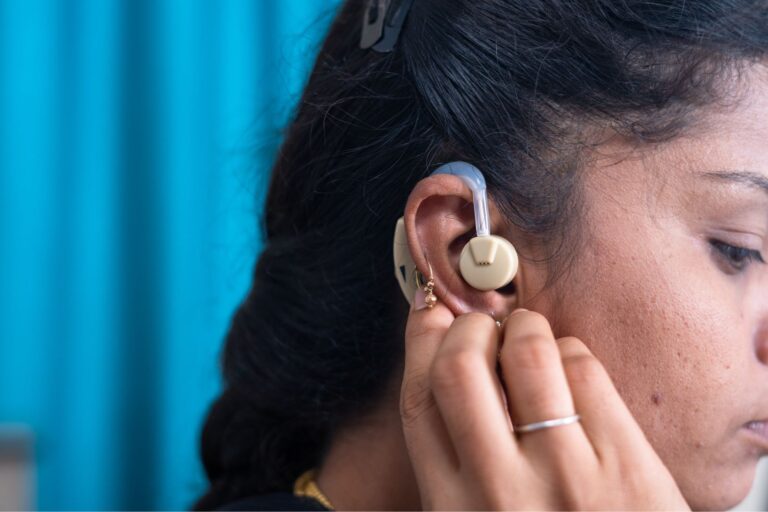Introduction In India, people with disabilities often encounter significant challenges in securing health insurance. This article delves into these challenges, examines the legal framework, and proposes improvements to enhance accessibility and inclusivity in health insurance.
Key Challenges
- Degree of Disability: The severity of disability significantly impacts insurance accessibility. Higher disability ratings often result in more stringent scrutiny and higher rejection rates by insurers.
- Rejection of Applications: A common issue is the unexplained rejection of insurance applications. This lack of transparency leaves applicants without a clear path to address the reasons for denial.
- Lack of Comprehensive Coverage: Most health insurance plans fall short in covering essential assistive devices and technologies, such as wheelchairs and hearing aids, which are crucial for the daily life of many disabled individuals.
- Limited Insurance Options: The market offers limited specialized insurance plans catering to the unique health needs of people with disabilities. This scarcity forces many to settle for plans that do not fully address their requirements.
- Accessibility Barriers: Beyond insurance, physical barriers in healthcare facilities and systemic challenges in the healthcare system further complicate access to necessary medical care for people with disabilities.
Legal Framework in India
- Persons with Disability Act of 1955: This foundational act defines disability and provides a legal framework for protection and rights. However, its implementation in the context of health insurance is not fully realized.
- IRDAI Regulations, 2016: These regulations are a step forward in ensuring that insurance policies do not exclude certain disabilities. However, the effectiveness of these regulations in practice is a matter of ongoing concern.
- Mental Healthcare Act of 2017: This progressive act mandates equal treatment of mental and physical health conditions in insurance policies, addressing a long-standing gap in health coverage.
- Government Health Insurance Schemes: Schemes like Nirmaya and Swavlamban offer targeted insurance solutions but need wider reach and awareness among the disabled population.
Proposed Improvements
- Training for Healthcare Workers: Enhanced training programs for healthcare workers can foster a more inclusive and understanding healthcare environment.
- Preventative Care Initiatives: Emphasizing preventative care can reduce long-term health complications and associated costs for people with disabilities.
- Improving Healthcare Accessibility: Upgrading healthcare facilities to be more accommodating and accessible for all types of disabilities is crucial.
- Inclusive Policy Making: Actively involving people with disabilities in creating and revising healthcare policies ensures that their needs and perspectives are adequately represented.
Conclusion Navigating health insurance in India for people with disabilities involves addressing multifaceted challenges. Through concerted efforts in policy reform, awareness, and infrastructure development, India can progress towards a more inclusive and accessible healthcare system.
Resources


